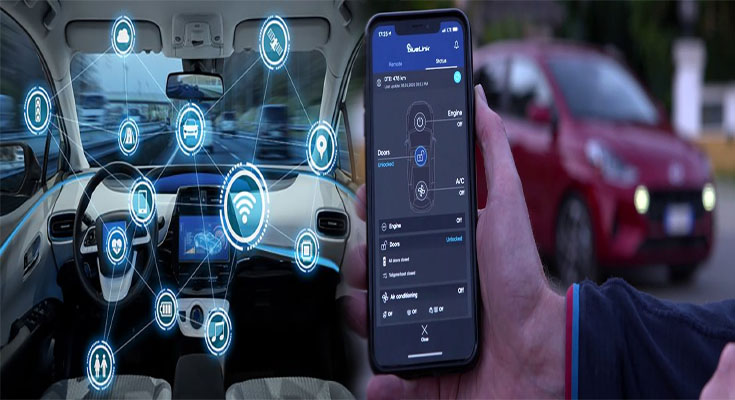Connected car services are a growing ecosystem that enables a number of new functions in vehicles. These include automatic maintenance notifications, GPS and advanced parking / proximity awareness systems.
However, there are a few challenges to overcome before connected car services can be adopted widely by consumers. The main challenge is ensuring data security and the ability to provide an uninterrupted service, regardless of connectivity issues or failures.
Overview
Connected car services are a set of features offered by automakers to enhance the driving experience and increase safety. These features vary by make and model, but all aim to make travel safer and less stressful.
They may include free Apple CarPlay and Android Auto integration, subscription- based live concierge assistance, or a mix of both. These offerings are available from most automakers.
Connected car technology sends data and information to the vehicle, the cloud, other vehicles, smart city infrastructure, and repair shops. Such connections are a key part of the Internet of Things (IoT).
Personalized Services
Personalized customer service is a strategy that allows companies to tailor their services to their customers’ specific needs. It is one of the best ways to engage with consumers and retain their loyalty.
Providing personalized services to customers can help a company build meaningful relationships with them, increase their brand awareness and gain more business. It also reduces the time that customers have to spend on communicating with customer support agents and provides them with a seamless and hassle-free experience.
Using data responsibly is a key ingredient for successful personalization. It must balance technology with human considerations to avoid going overboard and making customers feel “creepy”.
Remote Services
The introduction of connected car services provides new ways for drivers to connect with their vehicles and the world around them. These services aim to make travel and vehicle ownership safer, more convenient and maybe even less stressful.
These connected services range from free Apple CarPlay and Android Auto integration to subscription-based live concierge assistance. The specifics will vary by manufacturer and model, but they all aim to provide new ways for drivers to enjoy their rides.
In order to offer these connected services, Hyundai Motor Group has developed an ‘connected car service platform (ccSP)’. This includes ccOS, a software framework that provides vehicle networks and control functions. It also supports inter-vehicle compatibility and enables the efficient operation of connected car services.
Integration with Smart Home Devices
The introduction of connected car services based on internet of things (IoT) technologies can offer convenience, safety and security. It also can save the owner money and improve occupant satisfaction.
Smart home devices and systems allow residents to monitor and control home appliances, lights, and climate controls. These devices can also learn and adjust settings based on consumers’ usage patterns.
Besides saving energy, smart home devices can help homeowners automate their lives. They can be used to set automatic schedules, and they can be triggered when alarms are activated or when a security camera notices something suspicious.
While these gadgets can be useful, many owners struggle to find ways to make them work together. They also worry about their privacy.
The Future
Connected car services are changing the automotive landscape. They enable vehicle OEMs to differentiate their cars, drive sales and generate new revenue streams.
Drivers will inevitably love connected features and become loyal to the brands that offer them. Our study shows that they will likely want to transfer their apps, preferences and data history from one vehicle to another.
However, monetizing connected-car data is a challenging task. It requires a high level of customer engagement which OEMs have a hard time delivering. They encounter execution issues, such as complex sign-up and log-in processes across multiple devices or challenging interfaces.

